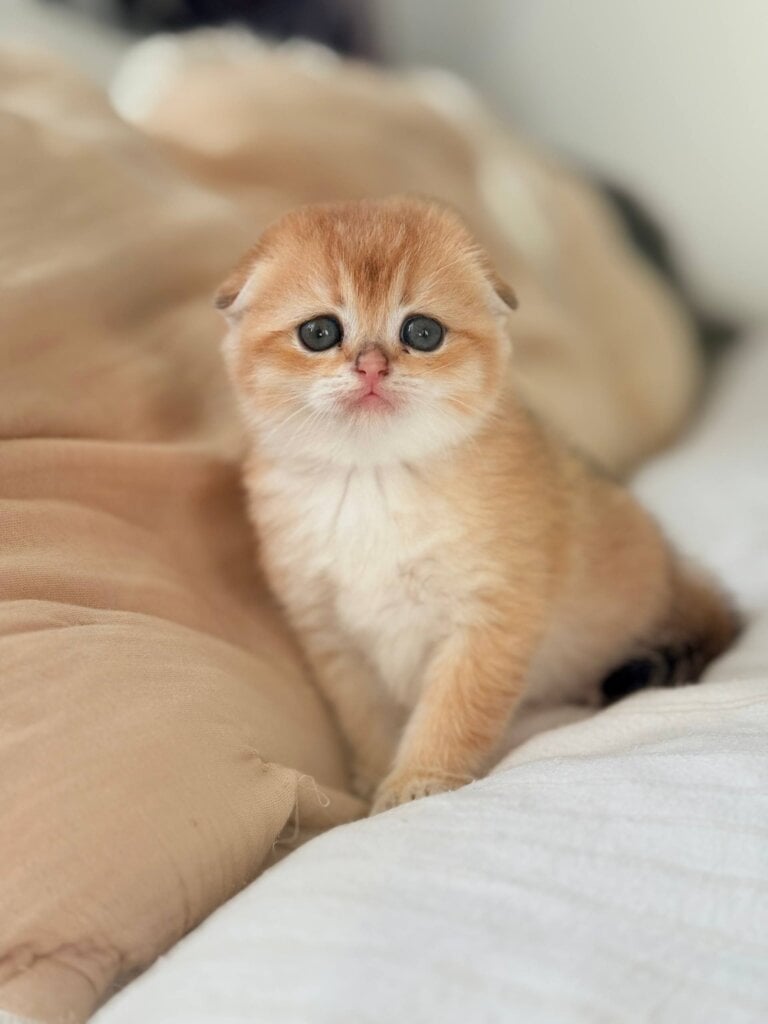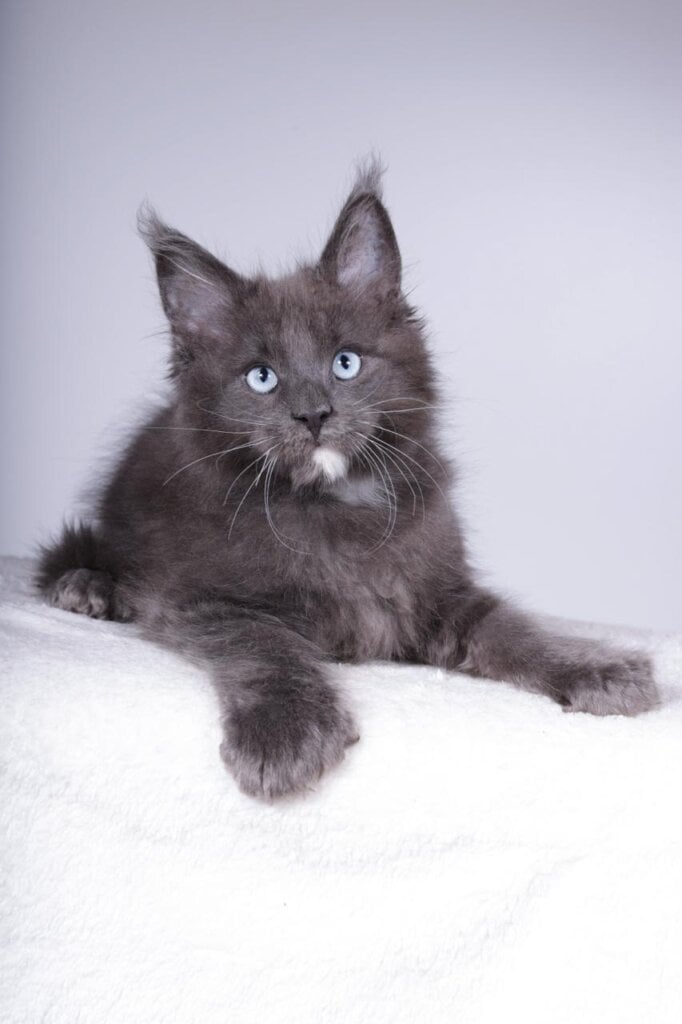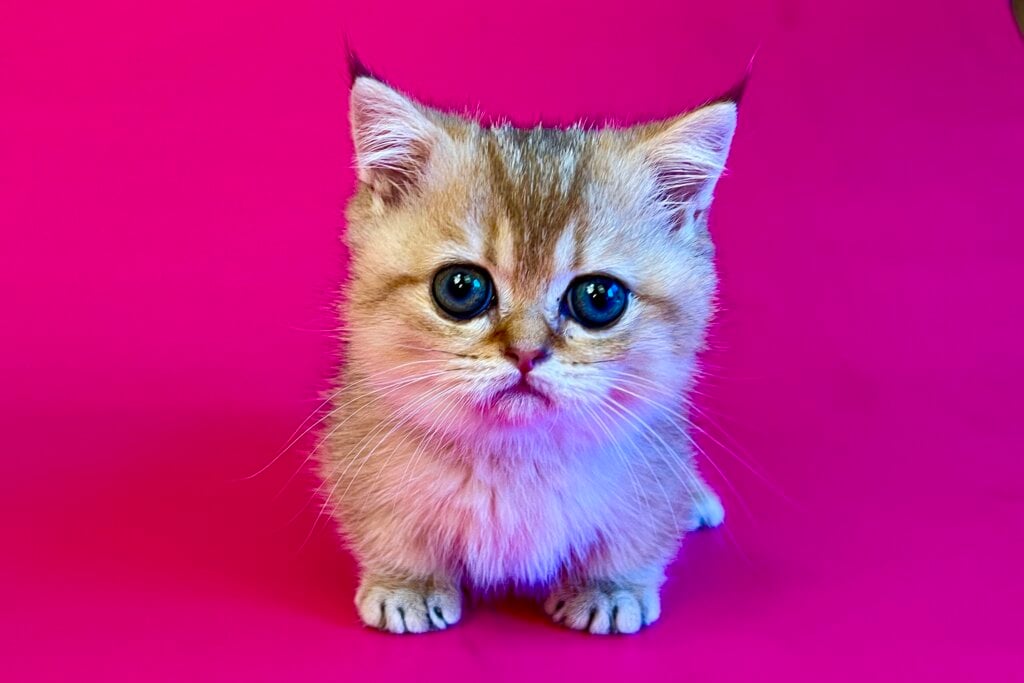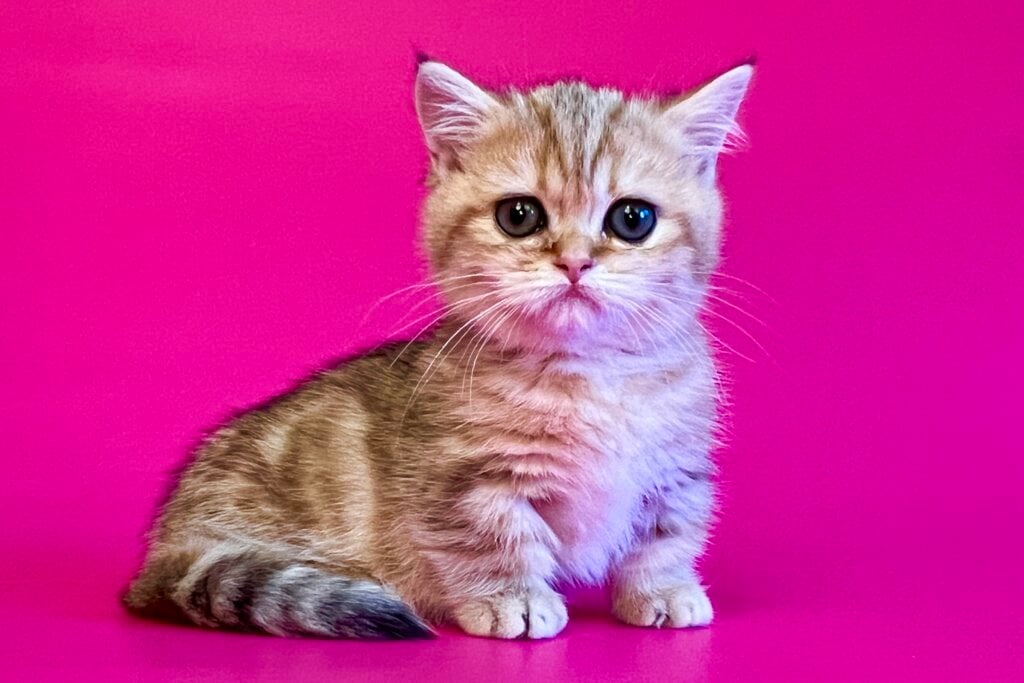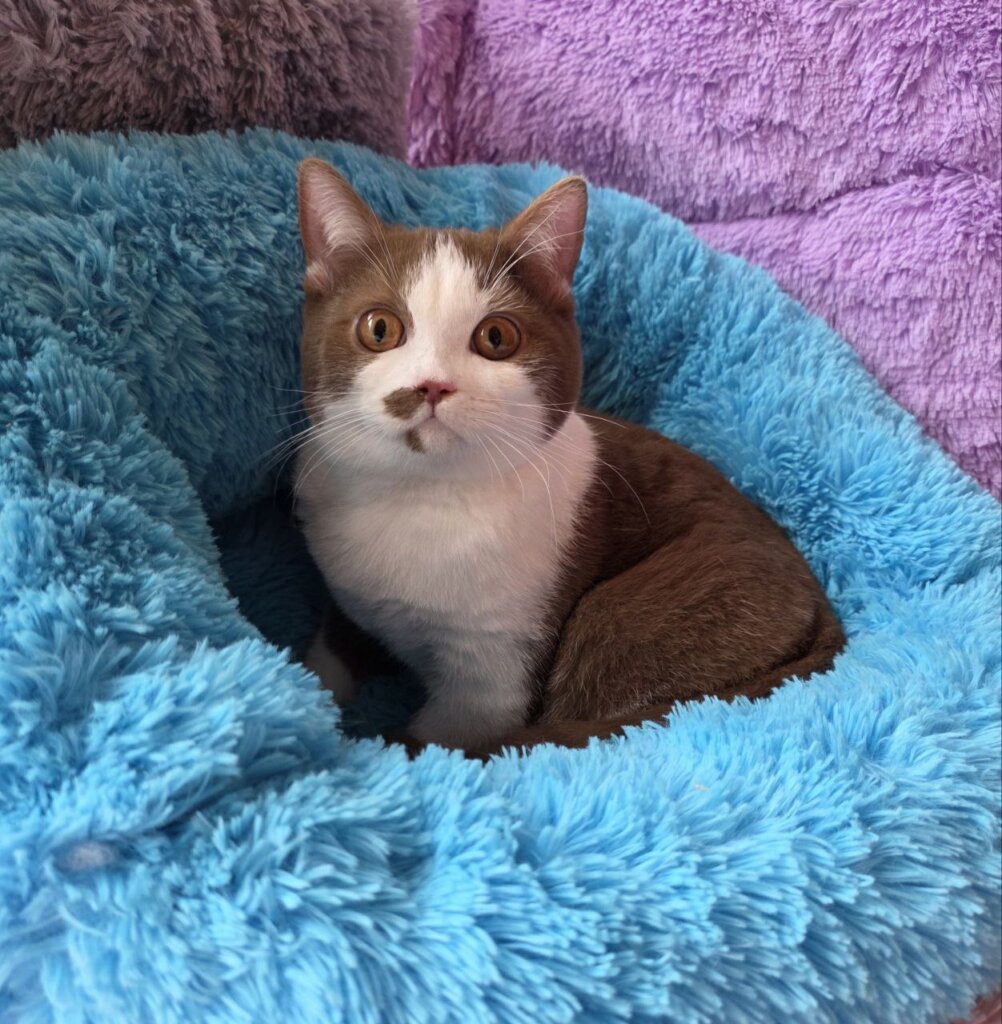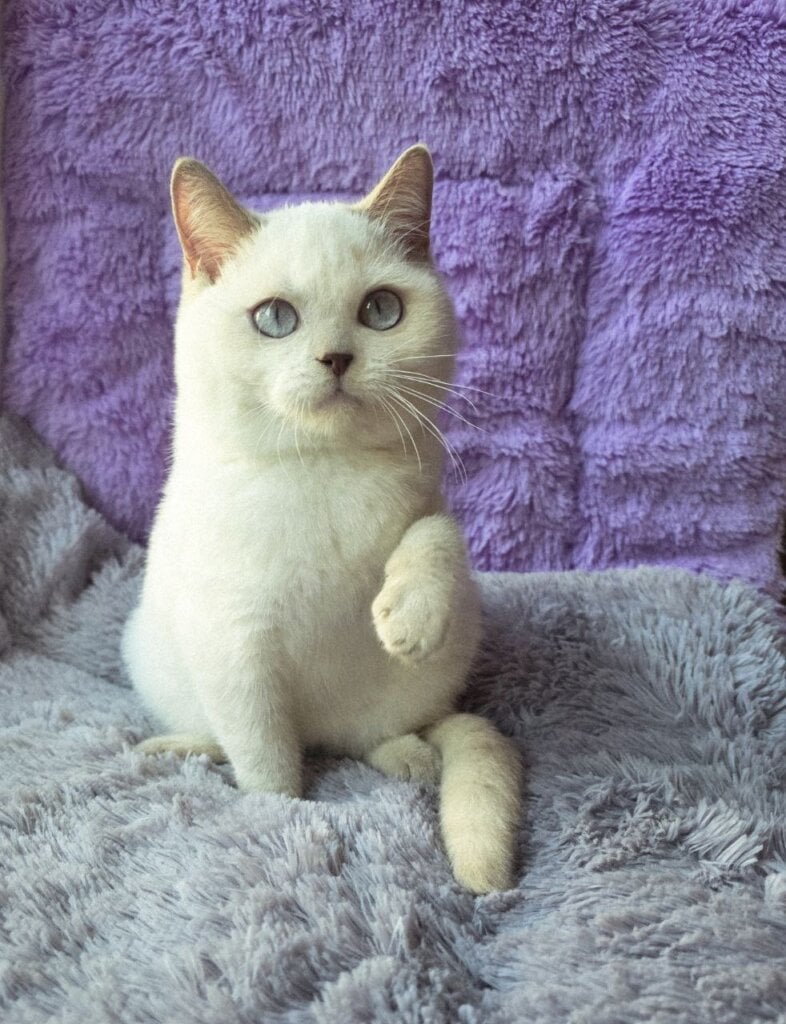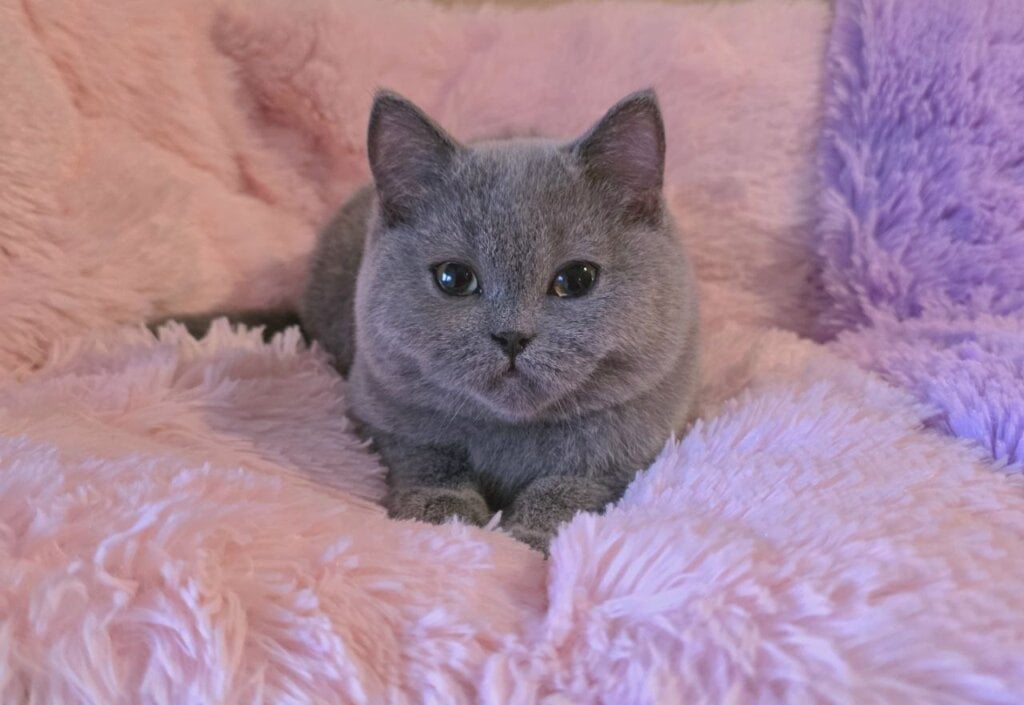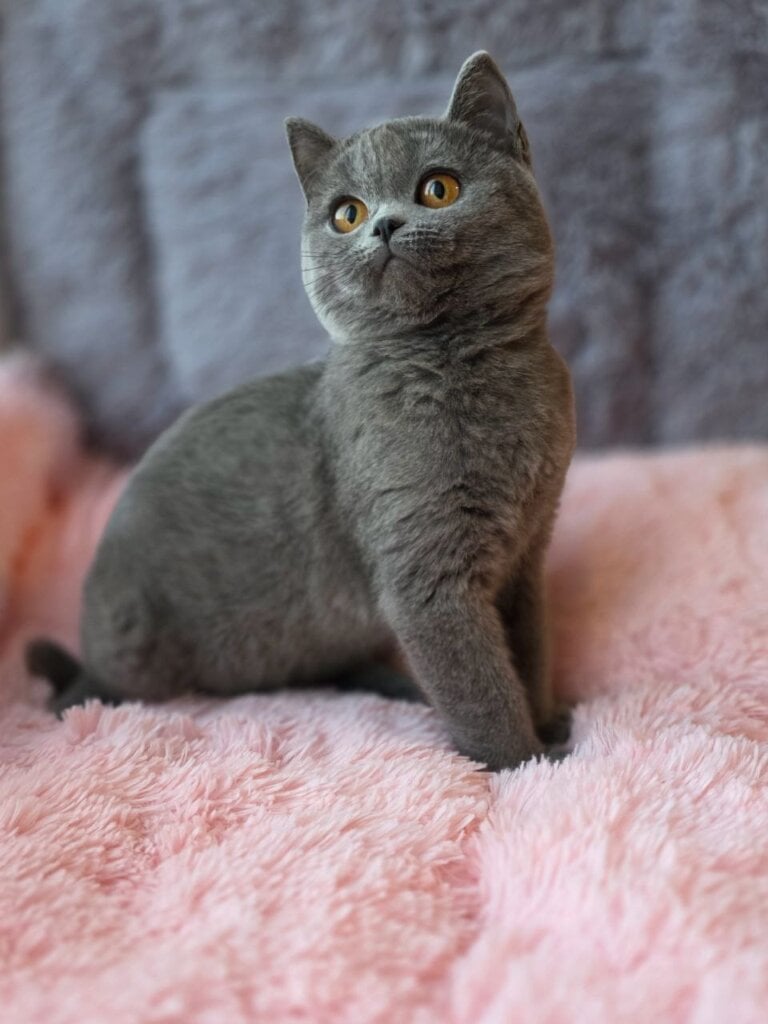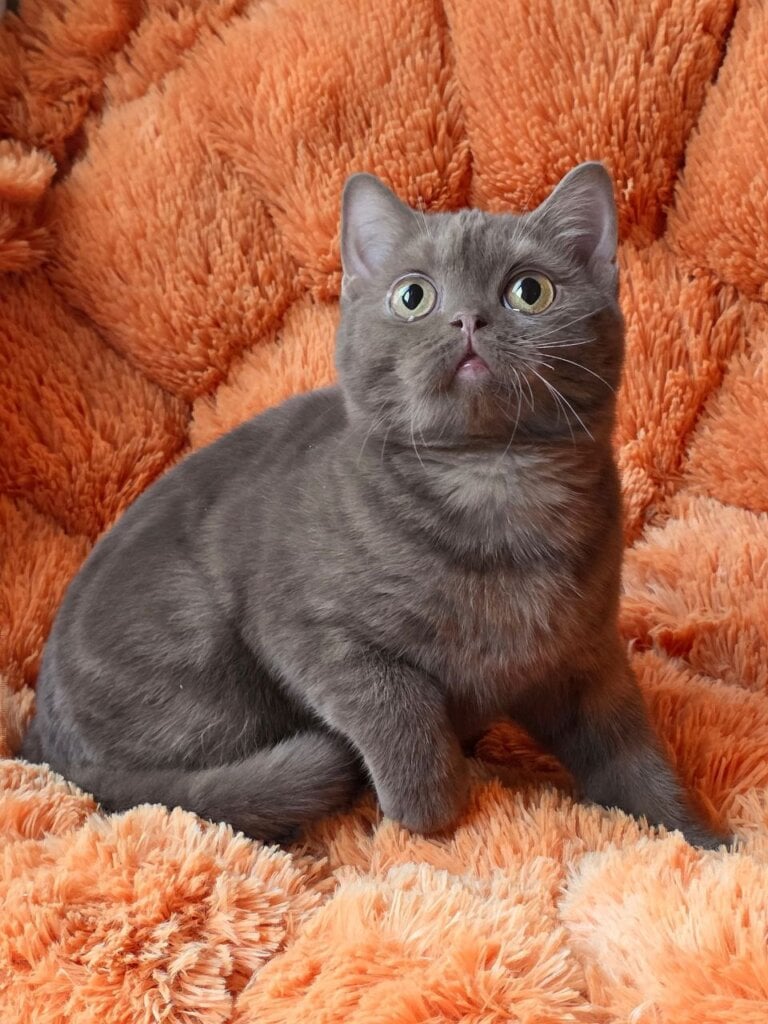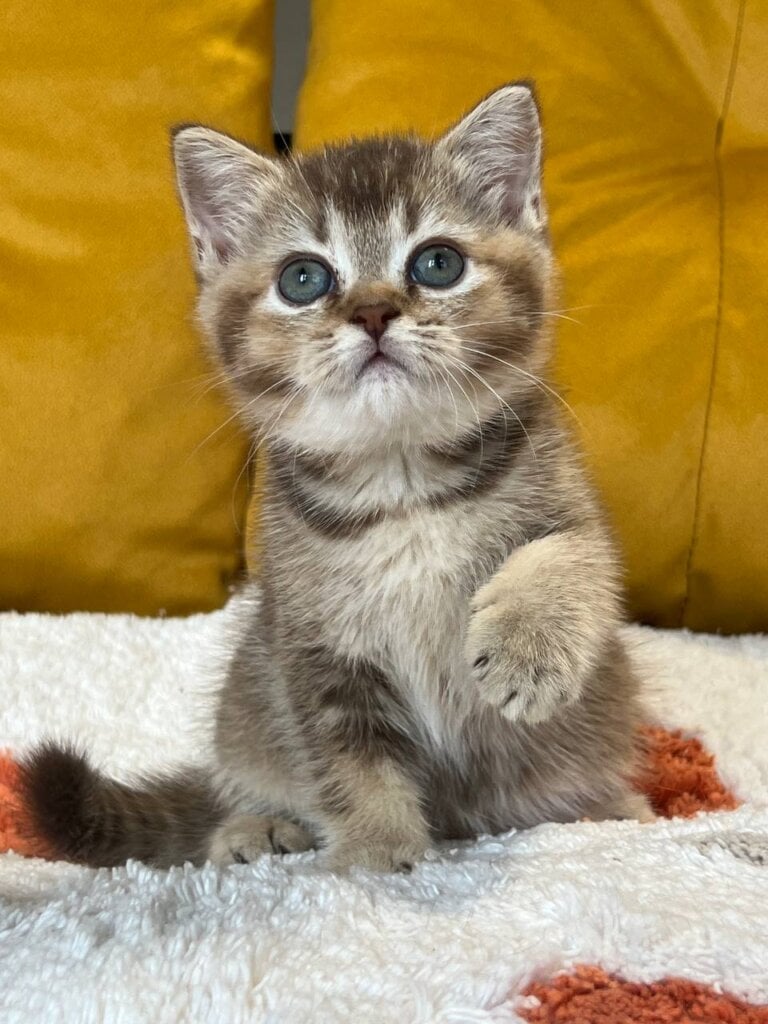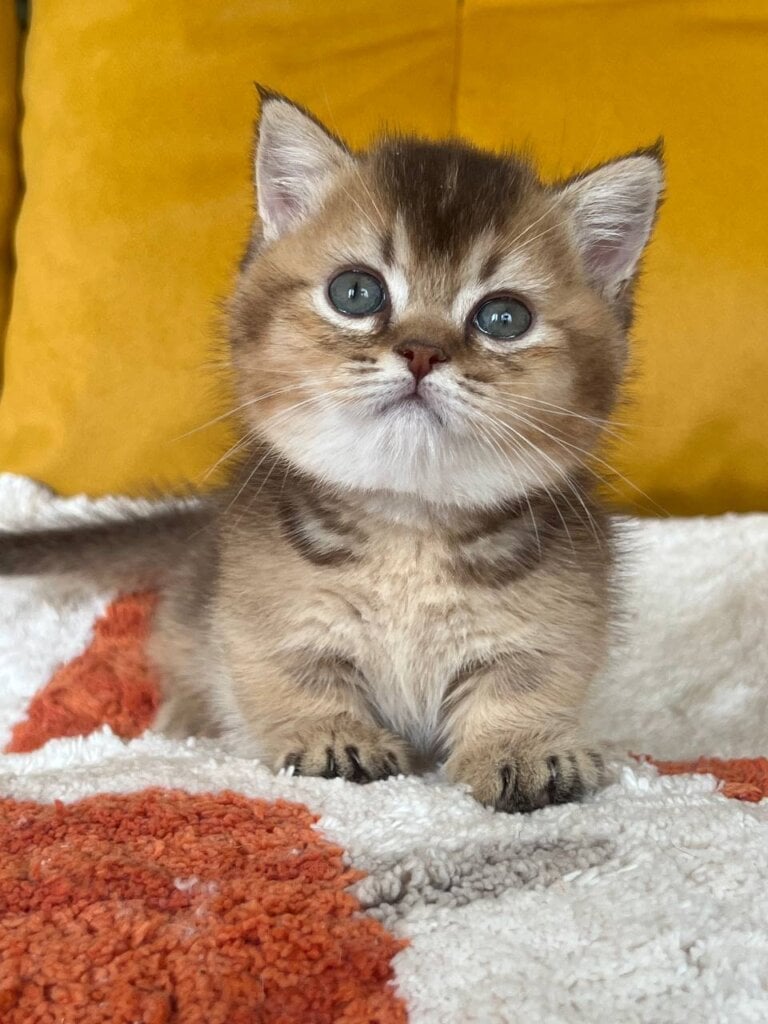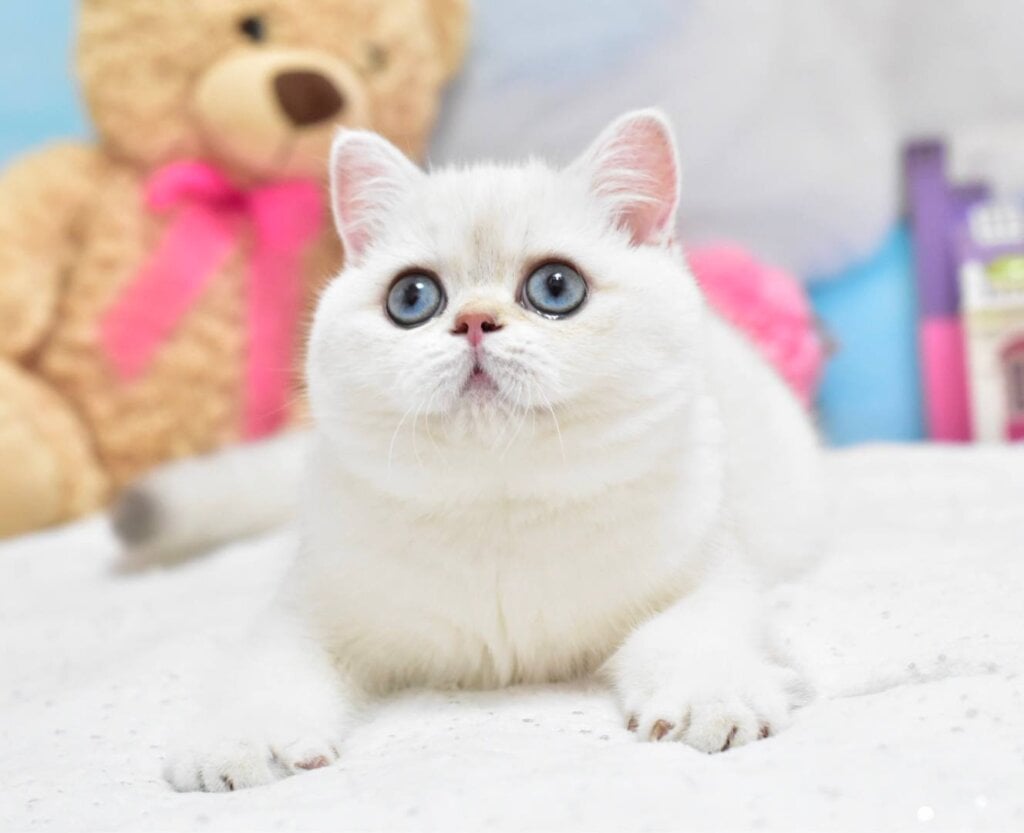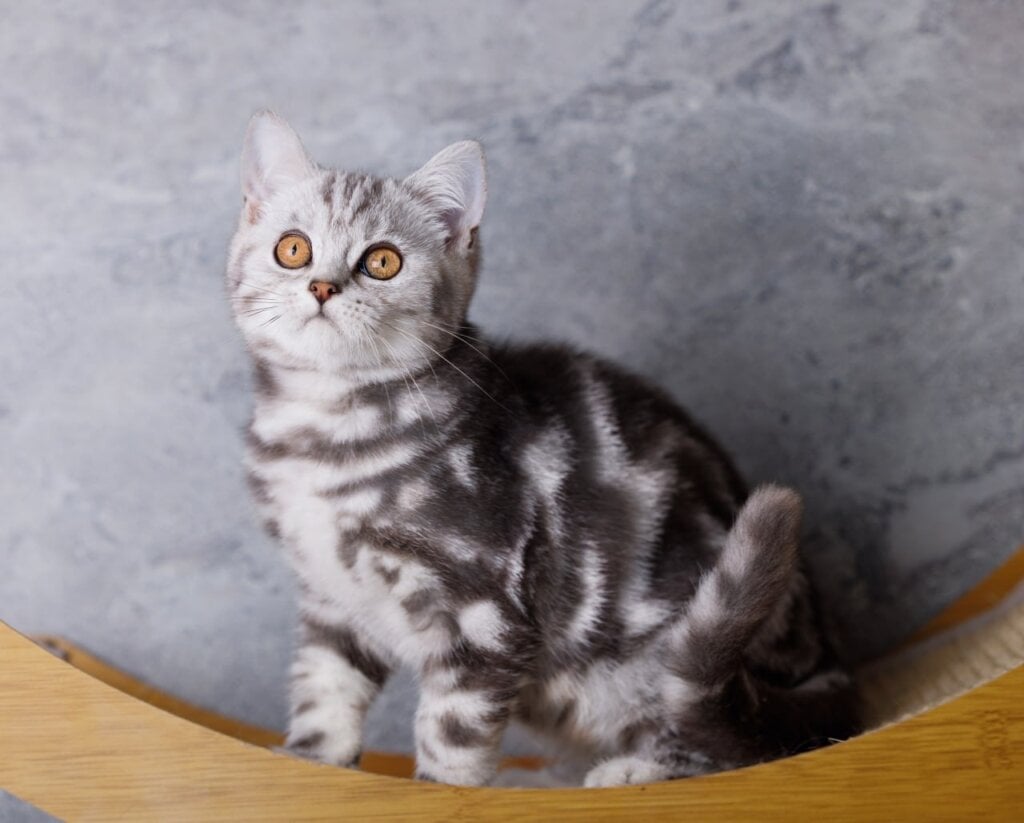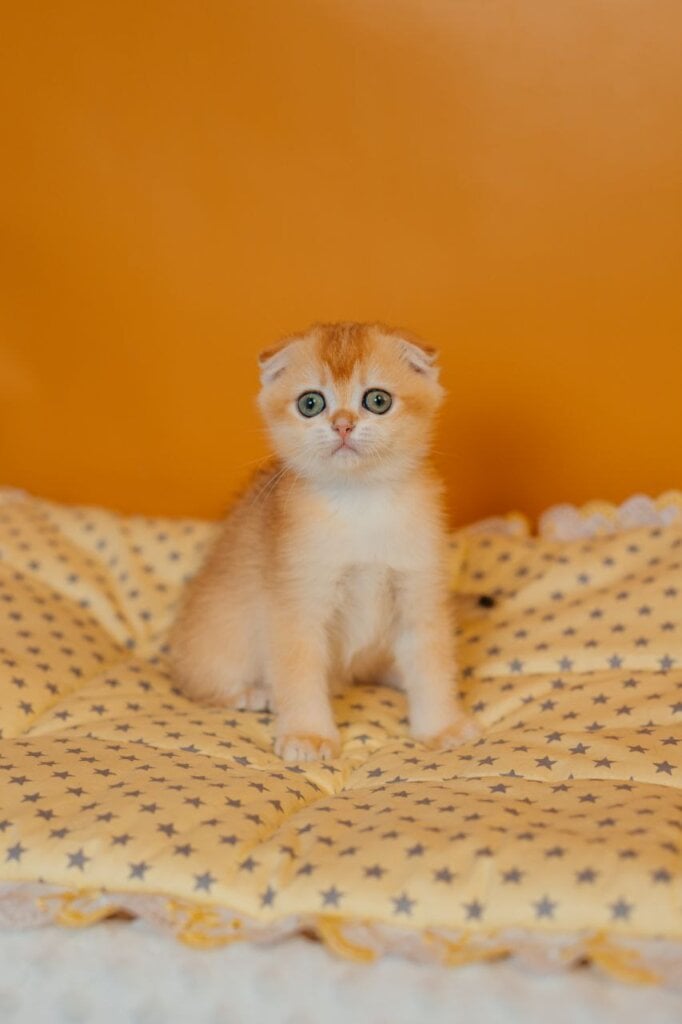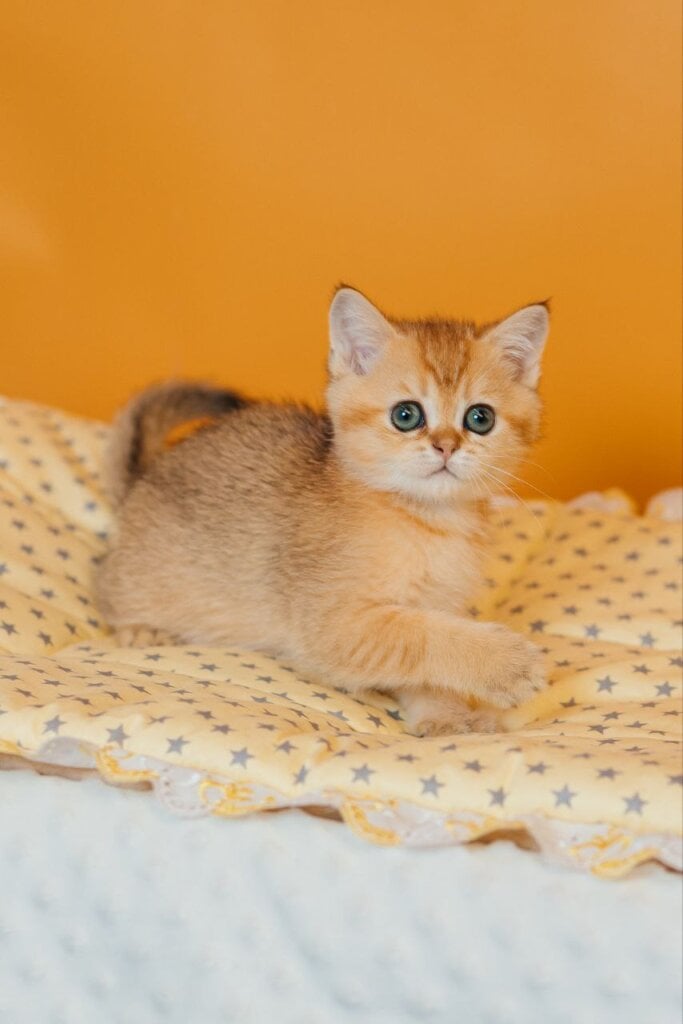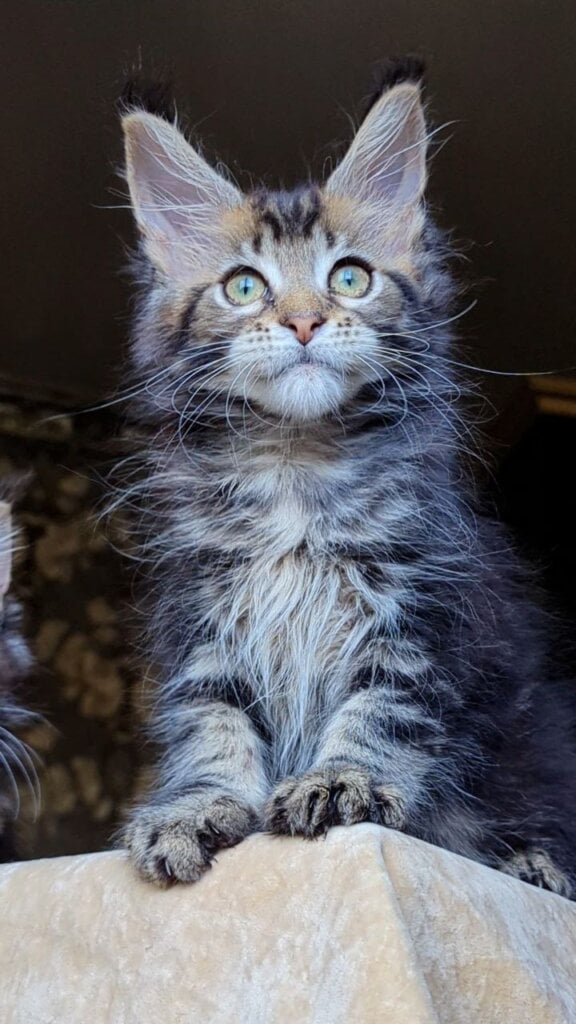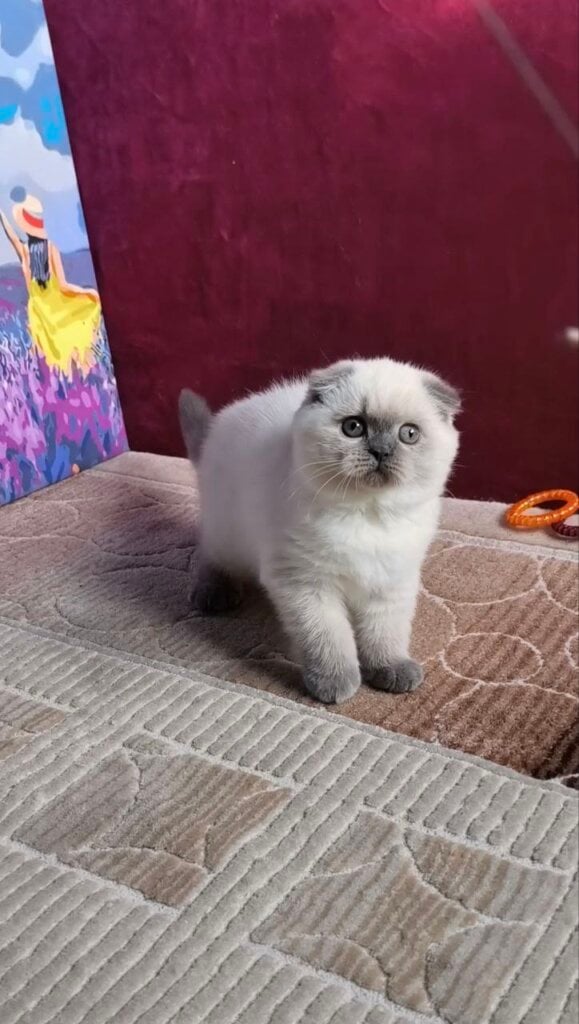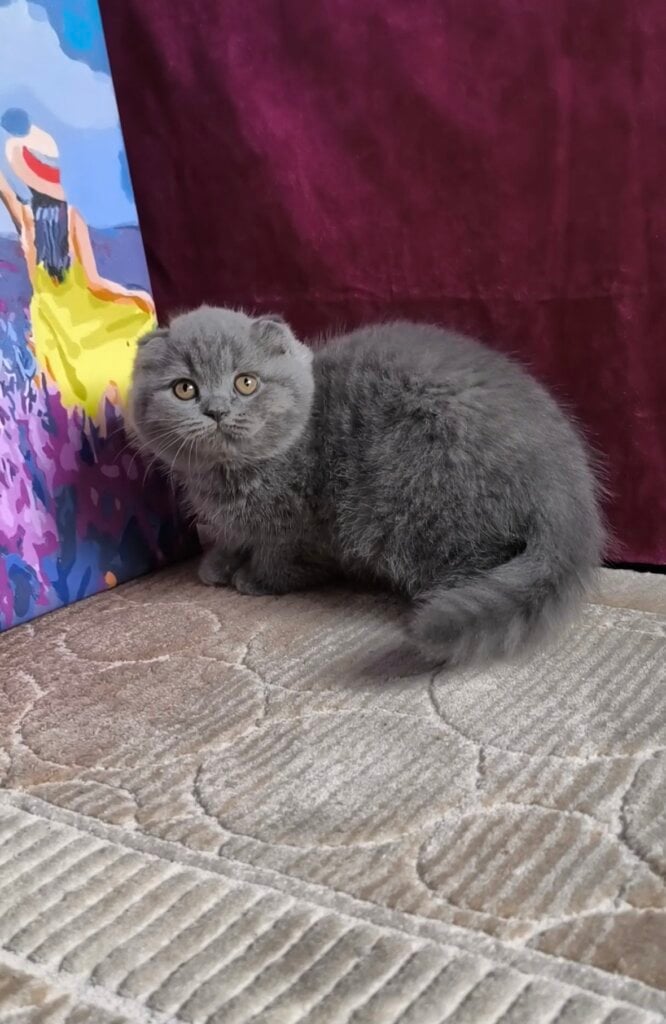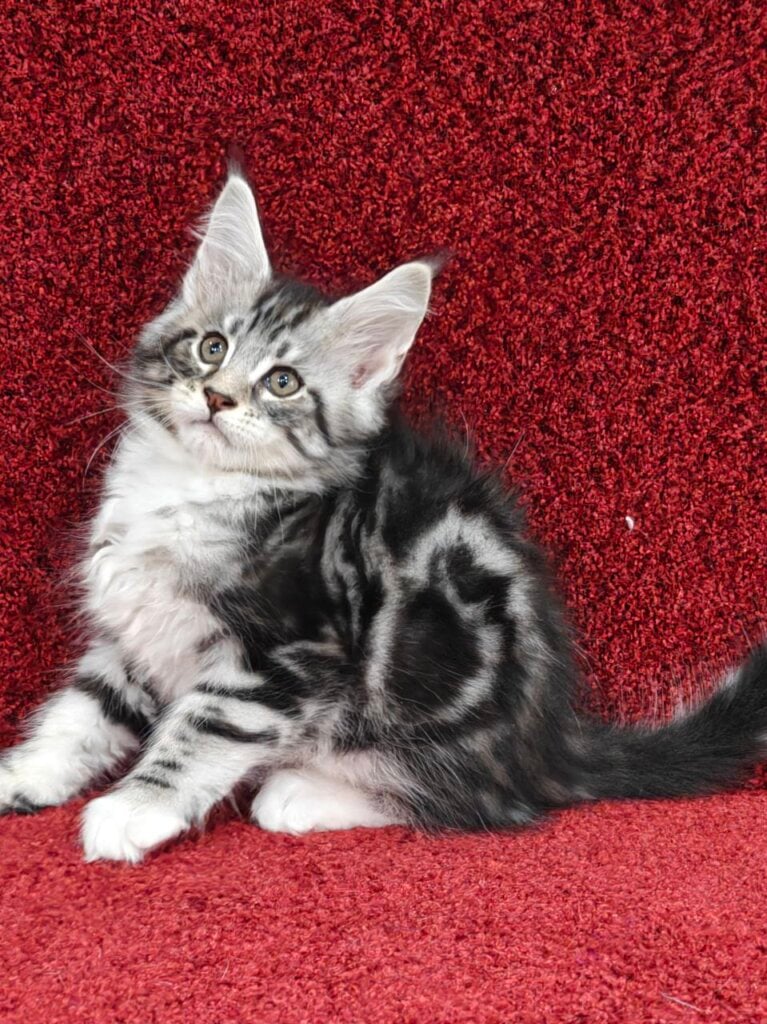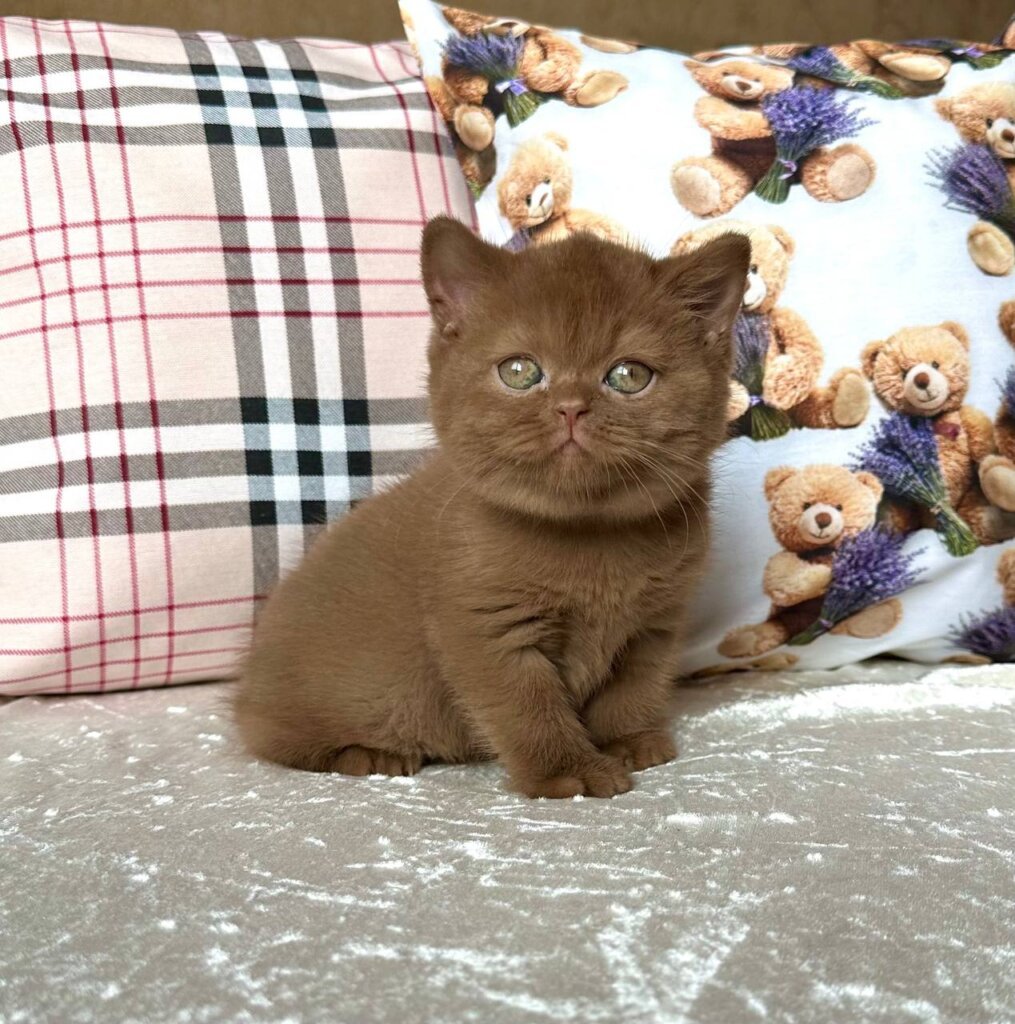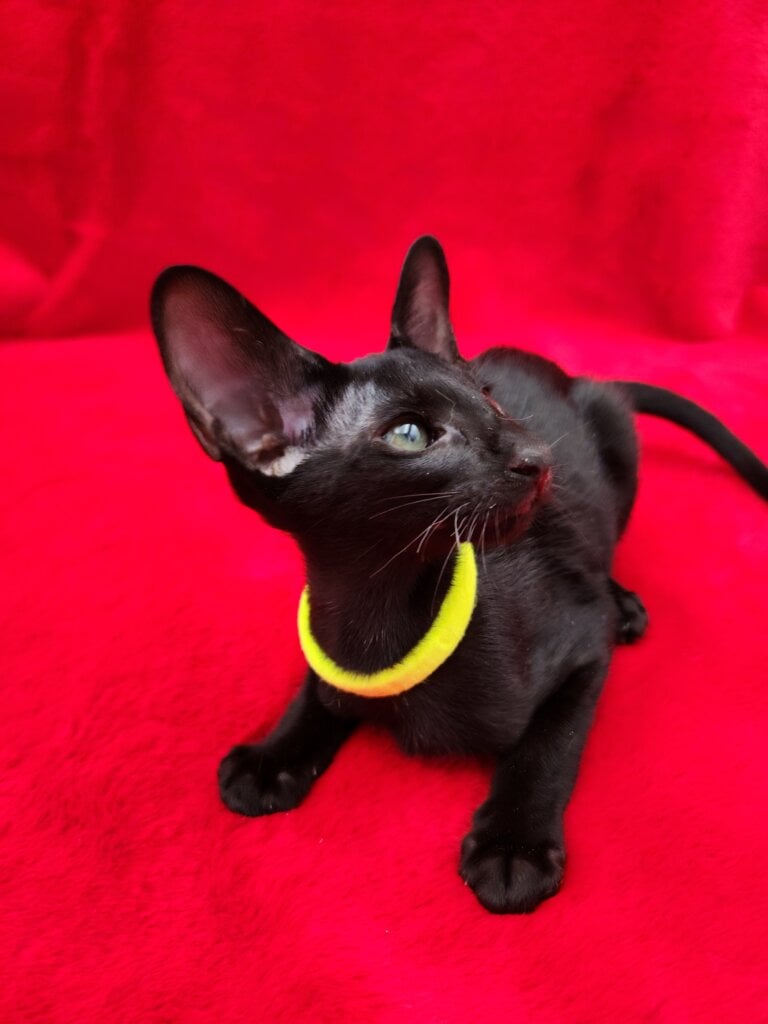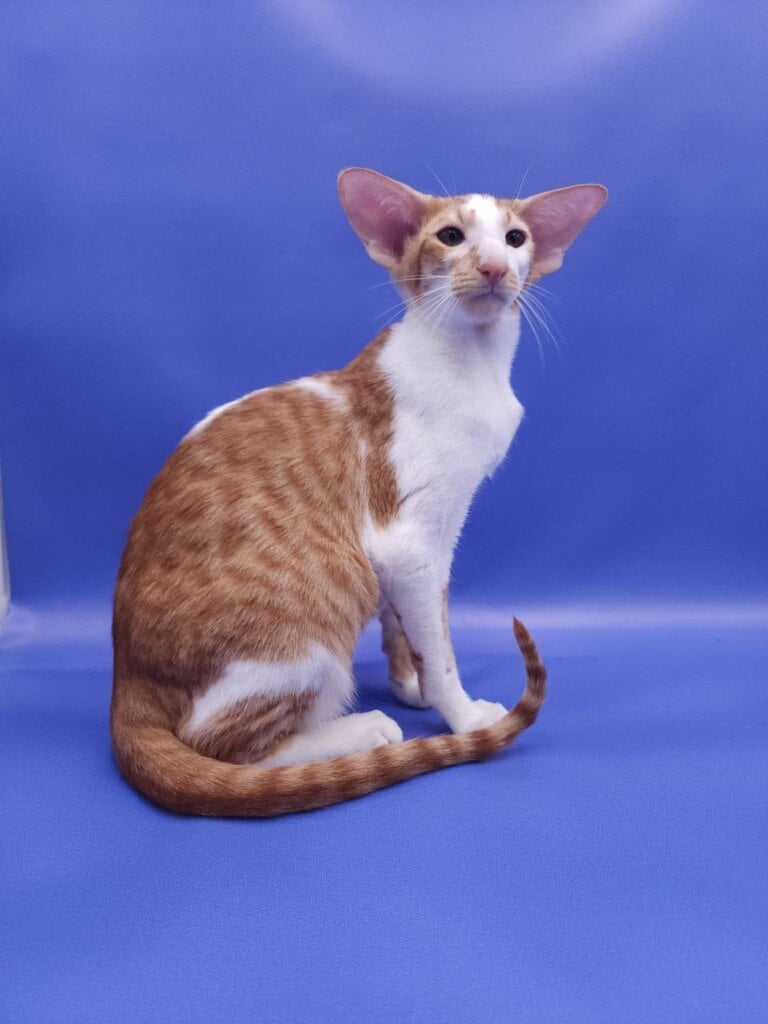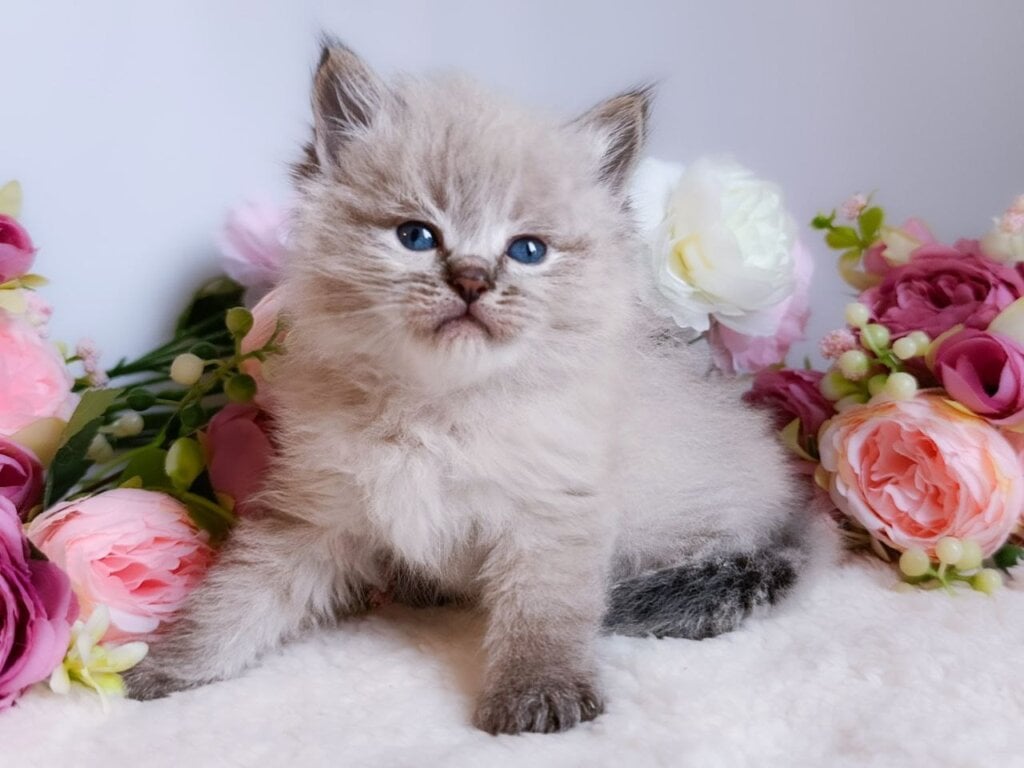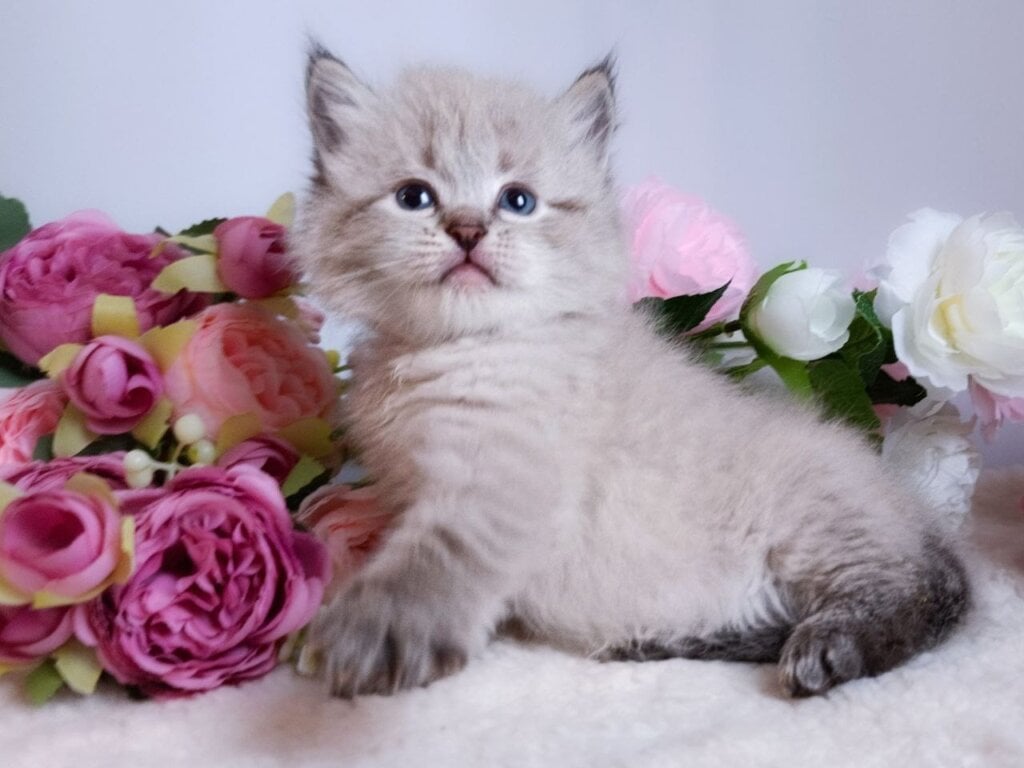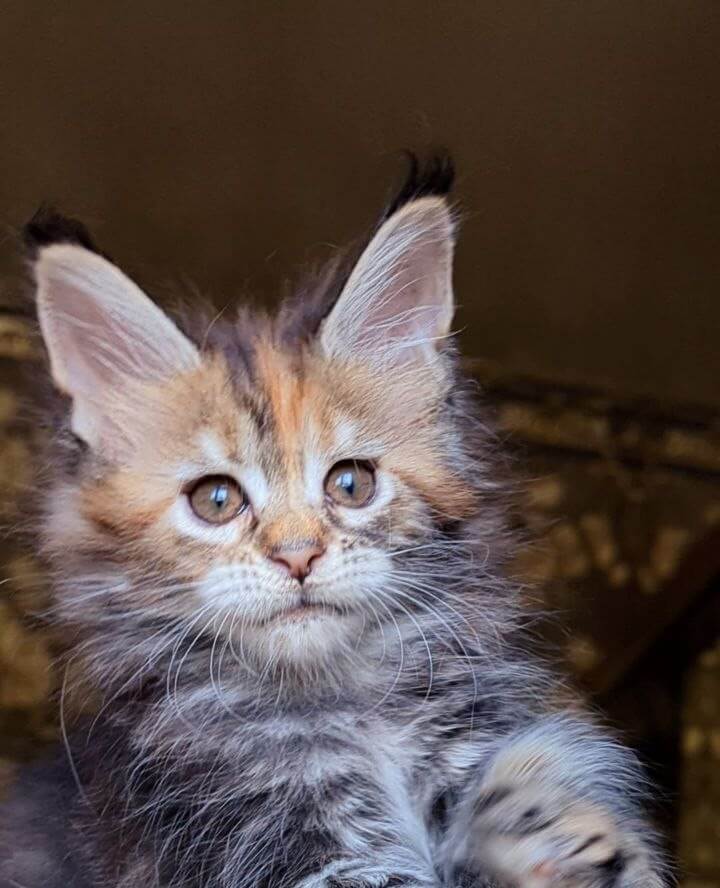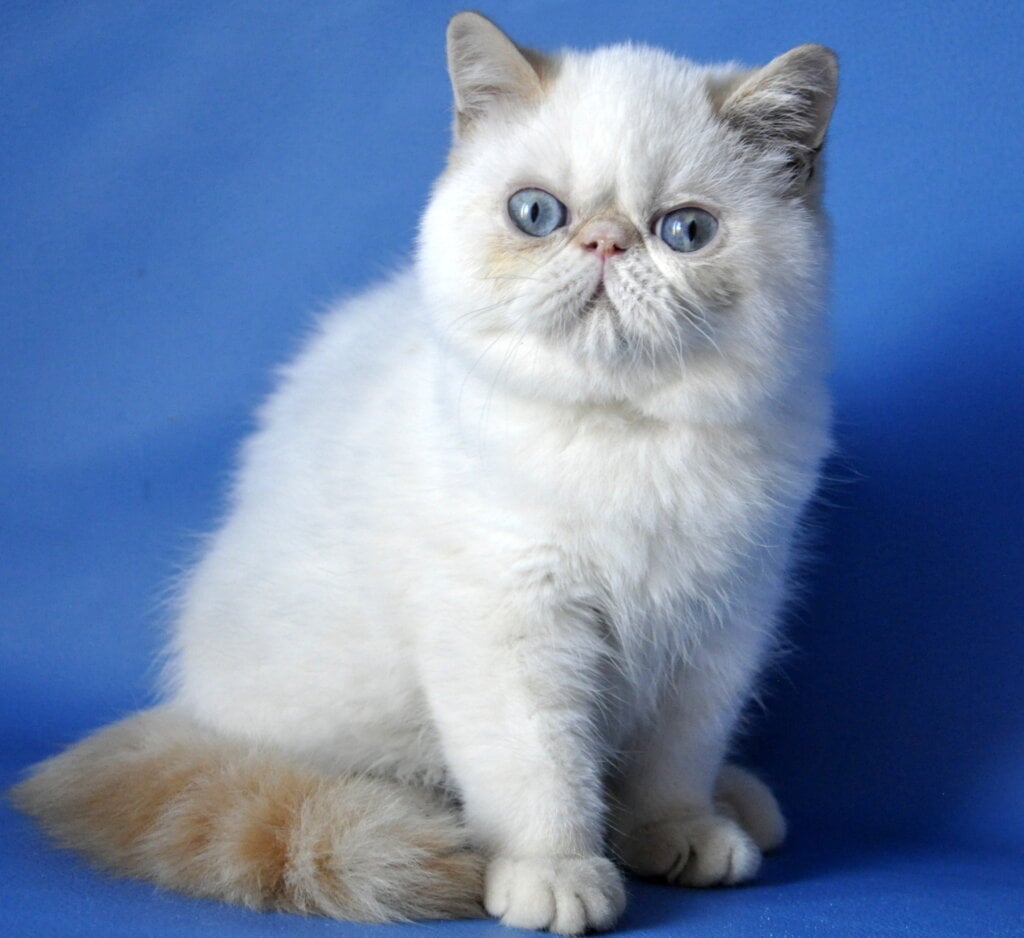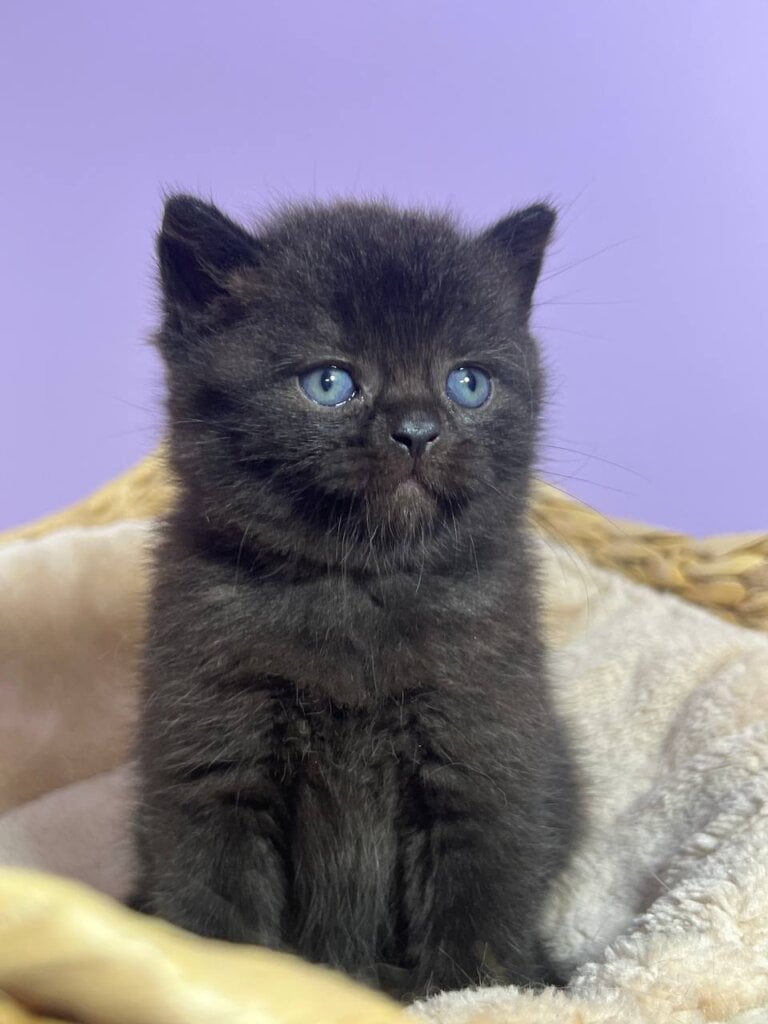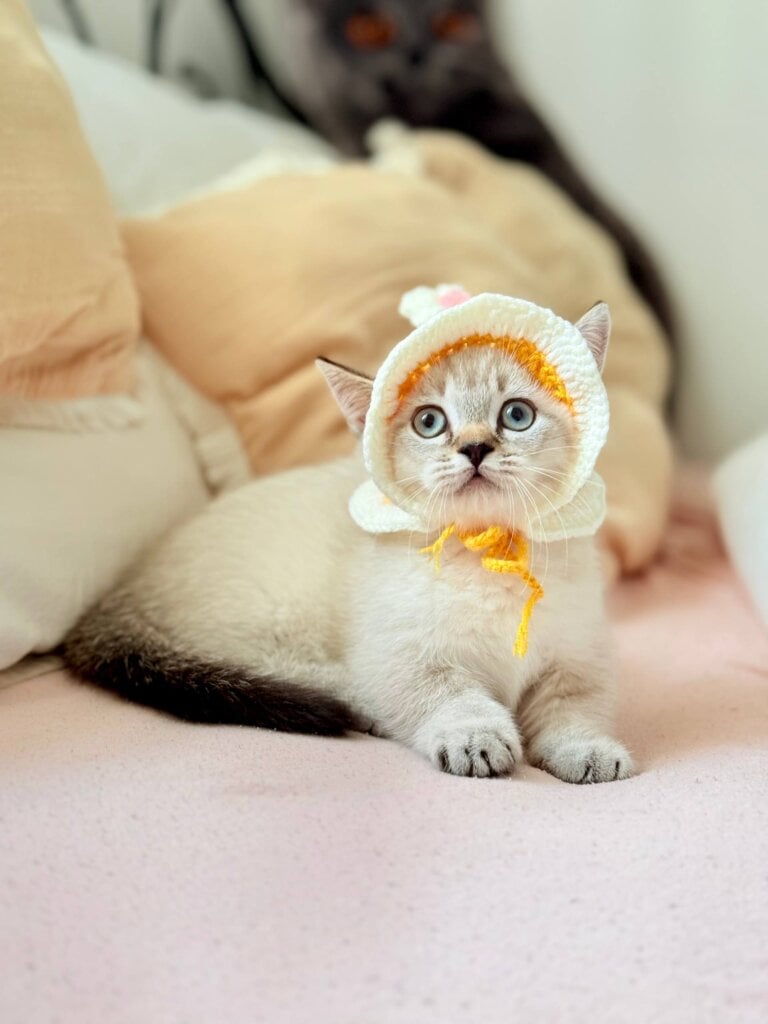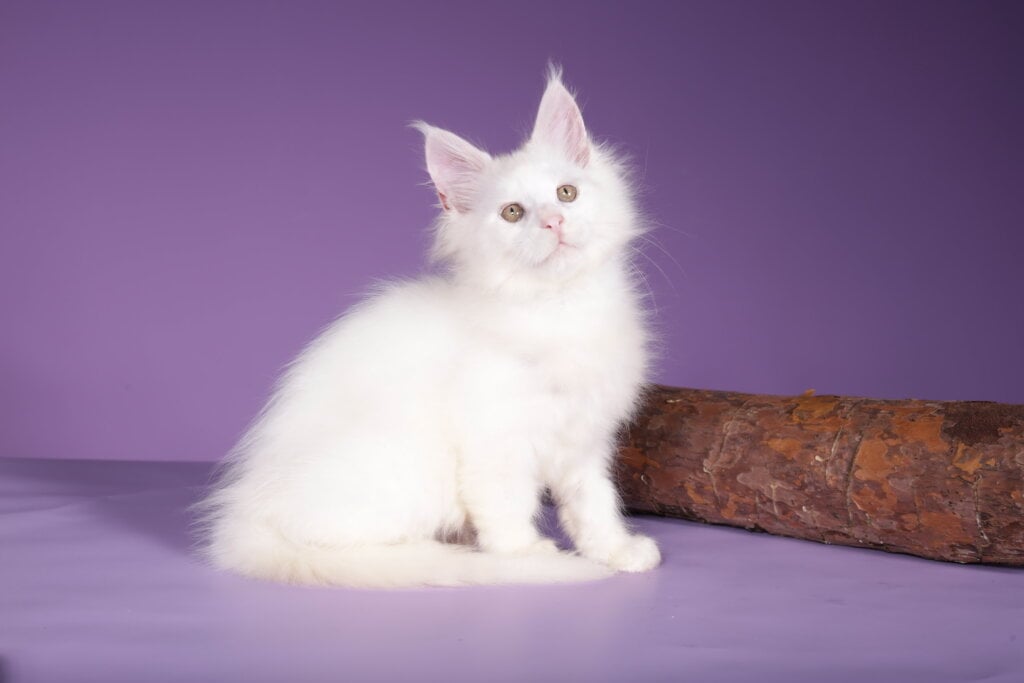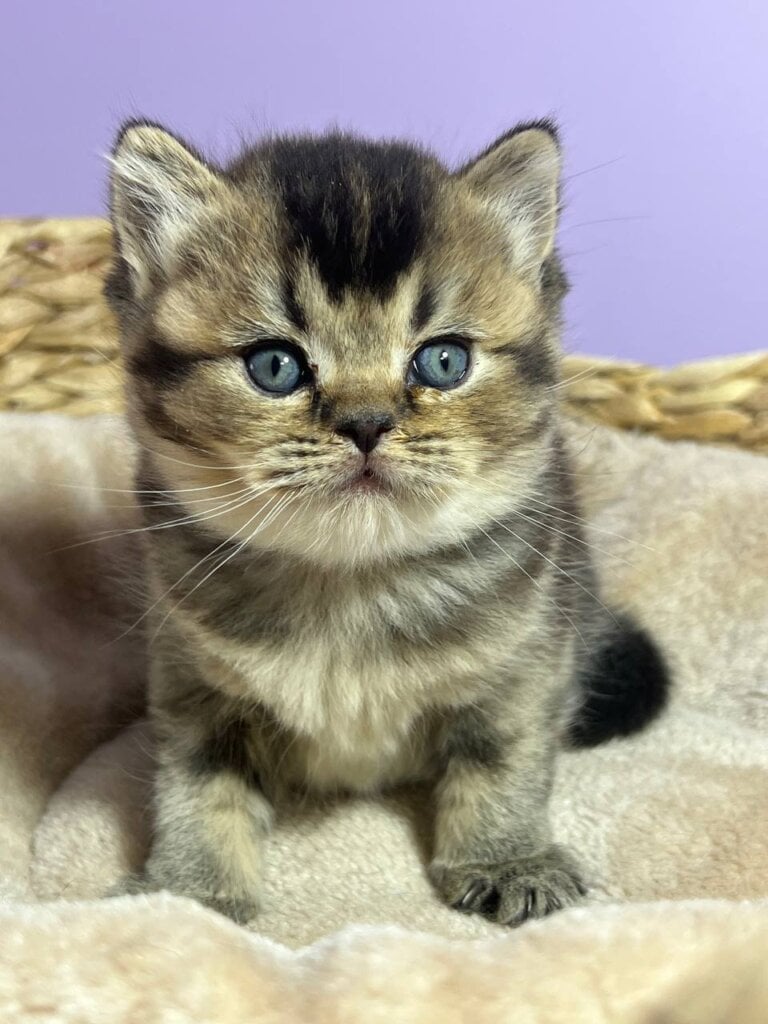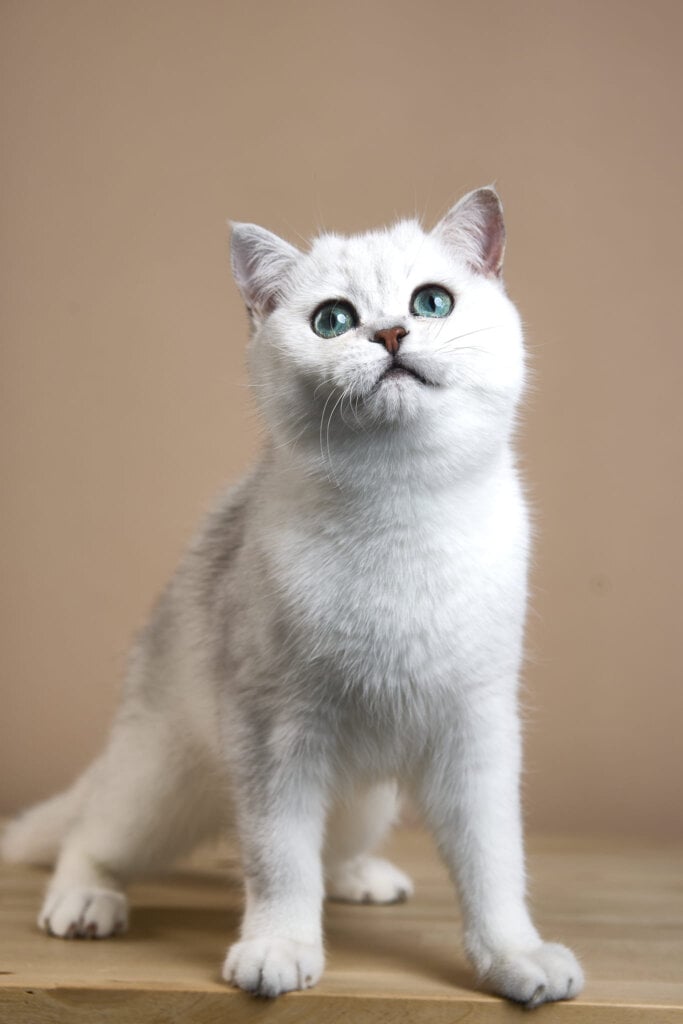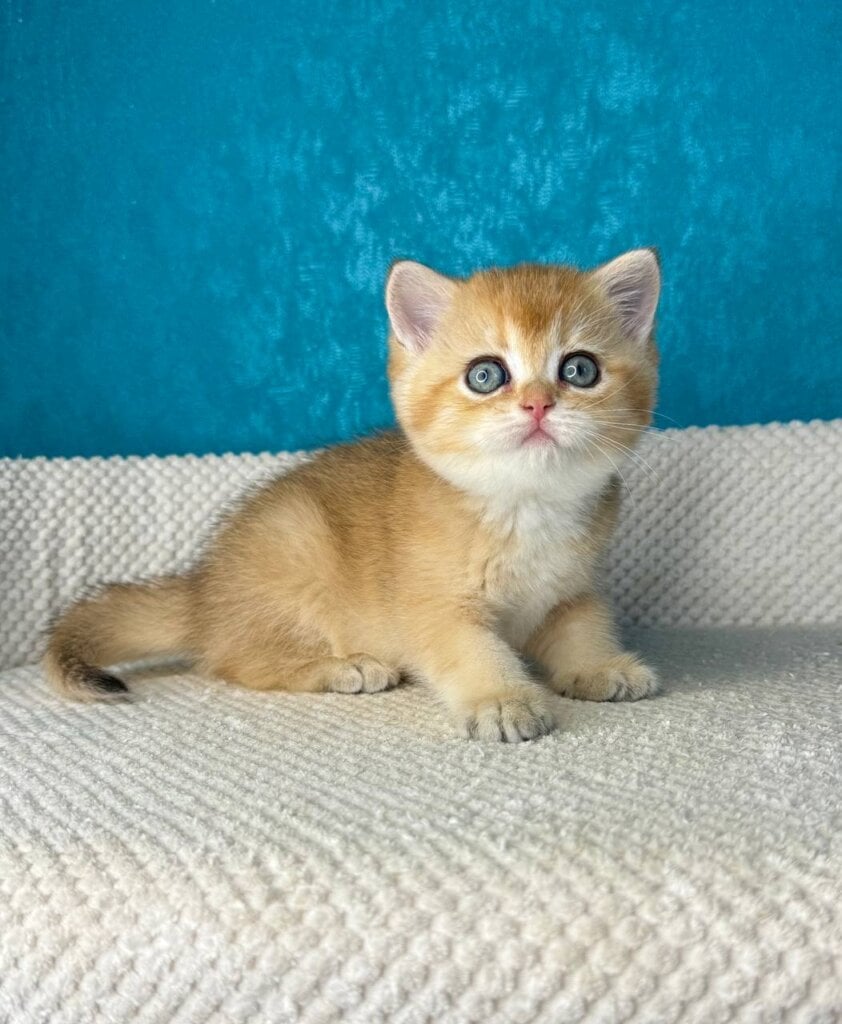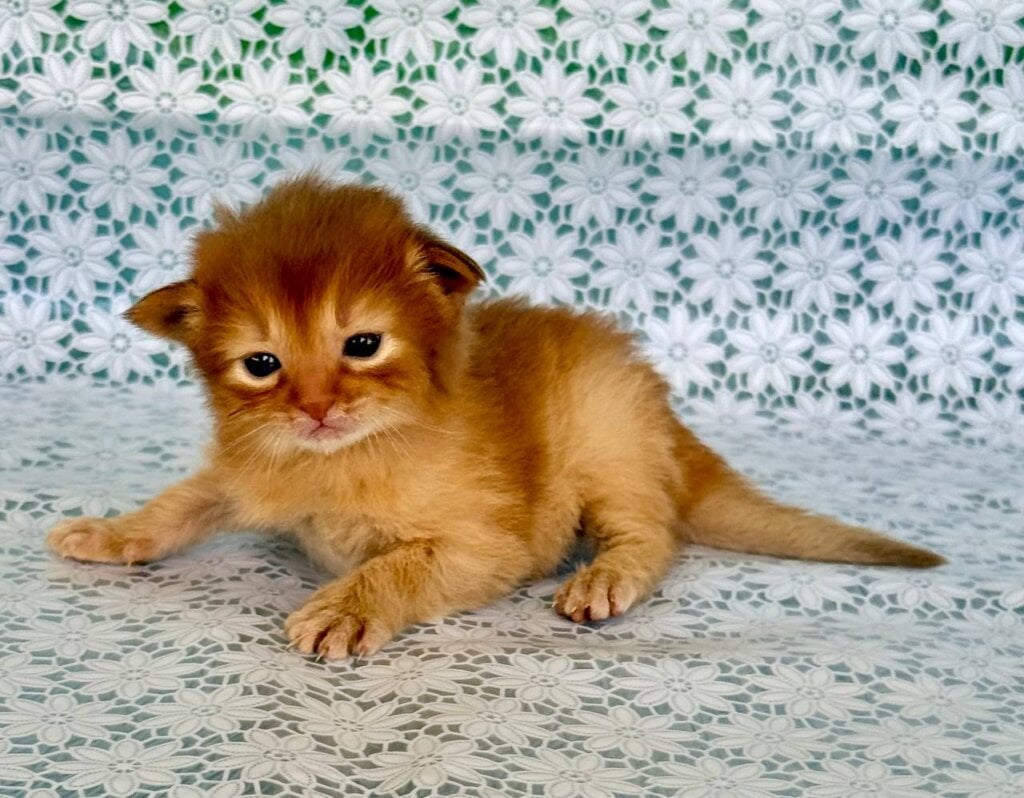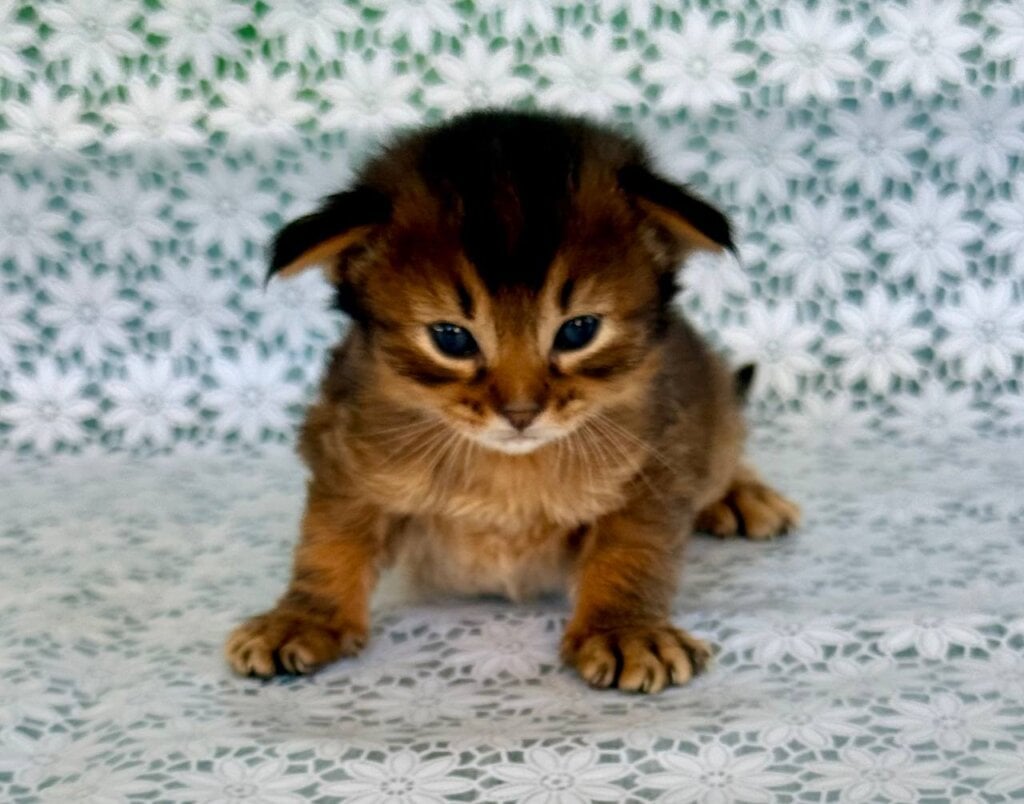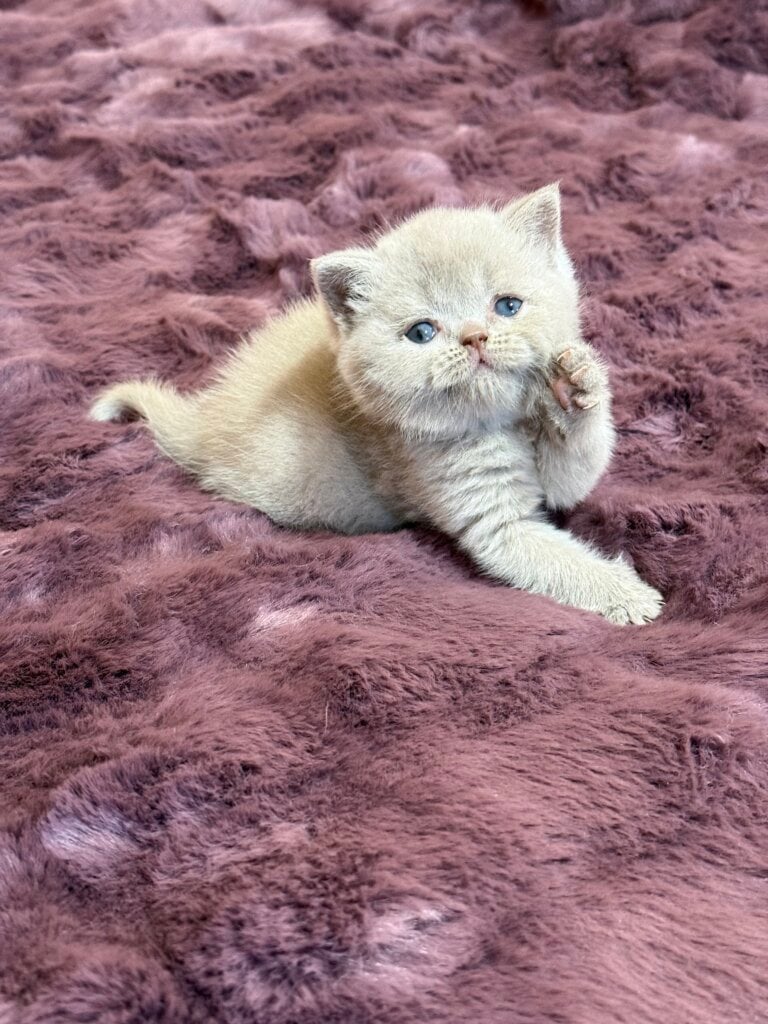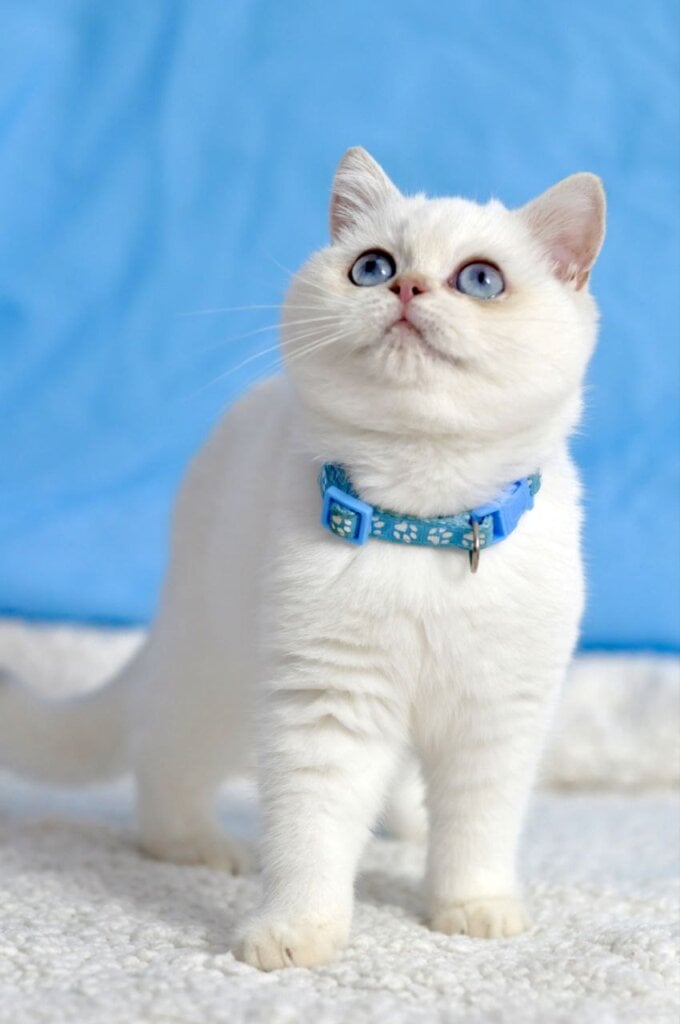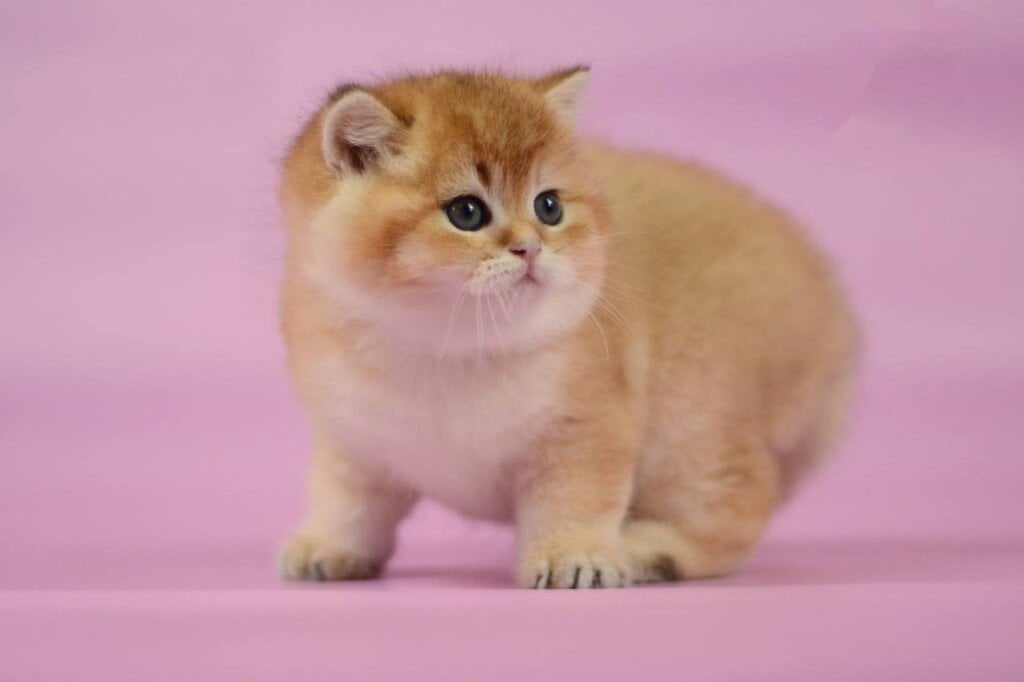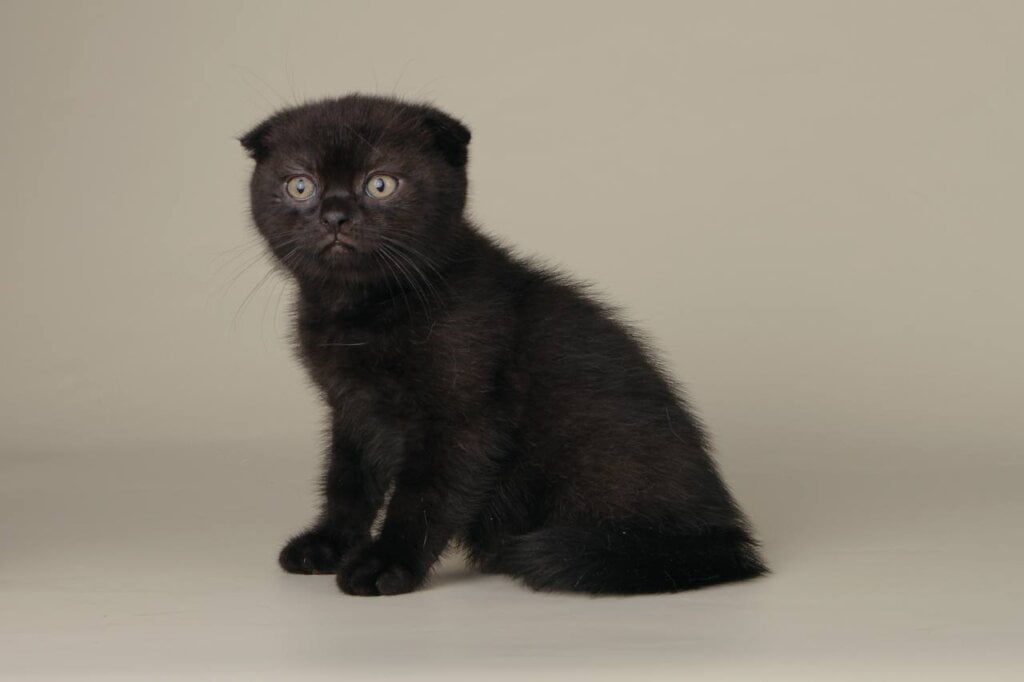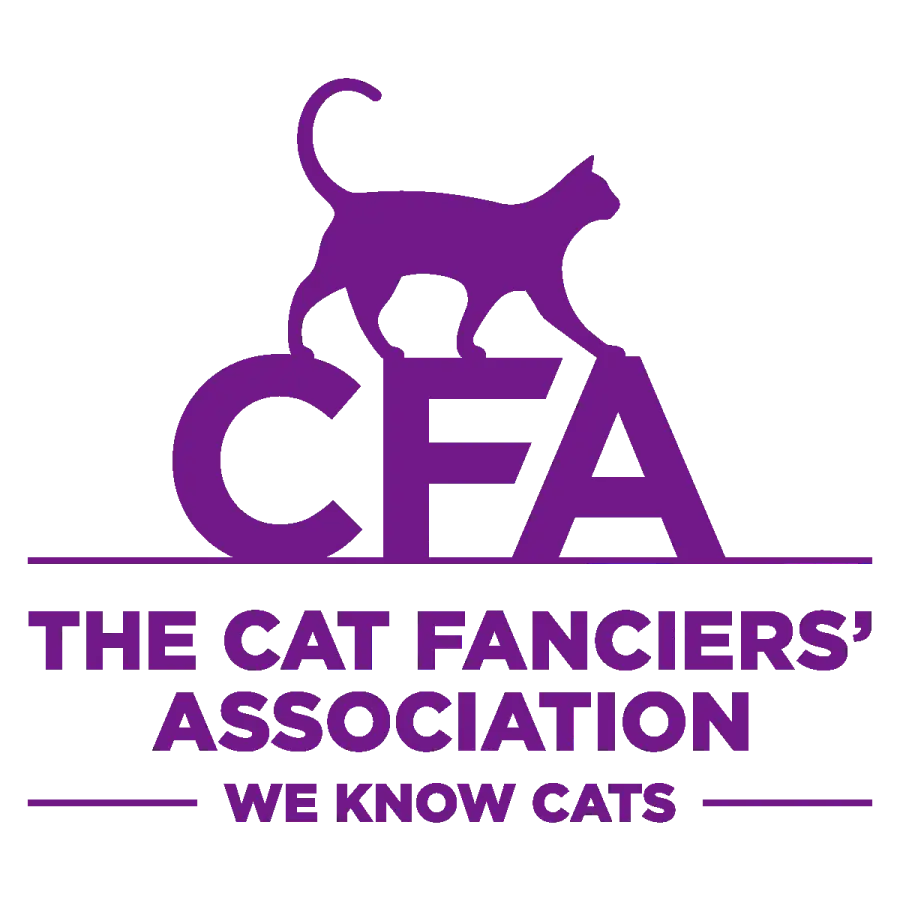#munchkin cats stay small because of their short legs, which come from a natural gene! Adult Munchkins weigh 2.2-4 kg and are lower to the ground than most other breeds. Their playful and social nature make them stand out, and they fit well in many homes. For families who desire a loving cat that maintains that kitten look, Munchkins provide the perfect combination of size and character.
The Truth About Munchkin Size
Munchkin cats are unique because of their tiny little legs, however their heads and bodies are the same size as most normal cats. Here’s the catch, this variation is due a gene that alters only their leg length. Infused with mischievous spirit and feline charm, Munchkins are a new breed but have become treasures the world over.
1. Genetic Blueprint
The Munchkin cat’s short legs are caused by a dominant gene named Achalasia. Even a single copy of this gene will result in the signature leg length. This gene impacts only the legs and no other aspect of the body. When bred responsibly, Munchkin cats are just as healthy as any other cat. Cats with two copies of the gene have even shorter legs, but this is uncommon and can cause health problems. Therefore, conscientious breeders steer away from this combination.
Genetics makes each Munchkin a tad unique. Some have longer legs, some shorter and their personalities can be bold or mild. Understanding these differences allows families to select a kitten that will compliment their household and lifestyle.
2. Kitten to Cat
Munchkin kittens begin small, and their growth trajectory is consistent and expected.
A Munchkin kitten at 3 months may only weigh 3 to 5 pounds. By 6 months they’re often 4-6 pounds. By 9 months, they’re around 5 to 8 pounds and by 1 year, they’re nearly full grown at 6 to 9 pounds. By age 3, their size remains stable. Their bodies are the same size as plenty of other cats, but the legs remain stunted. This is what lends Munchkins their kitten-like allure well into adulthood.
Relative to other breeds, the timeline is comparable, but the final appearance is distinctive. Munchkin cats maintain their kitten-like playfulness well past kitten age, keeping them rambunctious companions for years to come.
3. Lifelong Stature
Munchkin cats don’t grow a lot more as they get older. Even adults, they measure just 15-23 cm (6-9 inches) tall at the shoulder and weigh 2.3-4.5 kg (5-10 lbs). They can have bodies up to 33-45 cm (13-18 inches) long. This little size is perfect for apartment families or smaller homes.
They hold onto their adorable little munchkin size for a lifetime, making them simple to carry and forever precious.
4. Size Variations
Some Munchkins have plush coats, some have sleek fur. All have stubby little legs, but head, body and tail shapes are different.
Their size is all about the parents and breeding lines. Certain lines breed a smaller overall cat and others seem to be a bit larger.
See the average adult size chart below:
| Type | Height (cm) | Weight (kg) |
|---|---|---|
| Standard | 15–23 | 2.3–4.5 |
| Plush/Longhair | 15–23 | 2.7–4.5 |
| Miniature Lines | 13–18 | 2.3–3.6 |
5. Beyond the Legs
Munchkin cats feature large ears, round eyes and a compact body. Their munchkin size doesn’t hold them back either, they’re fast, agile and just want to play.
Coats can be long, short or somewhere in the middle and colors are everything from solid black to creamy white or bold patterns. Their spirited gazes and affectionate habits attract many animal enthusiasts to the breed.
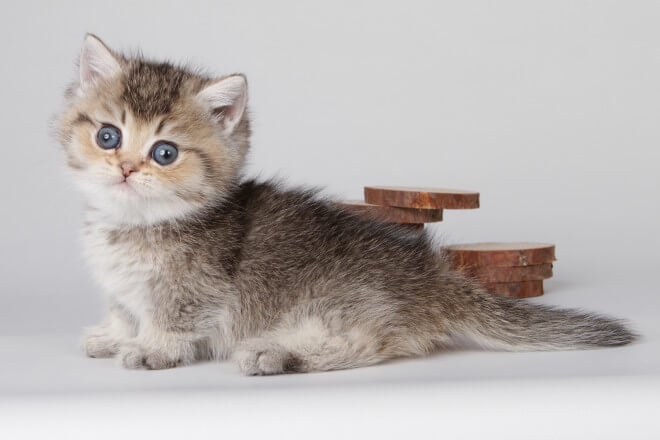
Health and Wellbeing
Munchkin cats, with their tiny legs and feisty souls, can thrive in good health when their special needs are supported. Dedicated breeders and caring owners see them flourish, despite their distinct genetics. Like any other cats, they require a balanced diet, mental and physical stimulation, and regular vet visits to get to their potential life span of 12 – 15 years or more.
Musculoskeletal Health
Short legs make Munchkin cats distinctive, but these very characteristics can present some musculoskeletal issues. Their bones and joints, particularly near the spine and legs, require this additional care for life. Other cats may have problems such as Lordosis (over-curvature of the spine) or Pectus Excavatum (chest wall and breathing issues). They could experience spinal pain or lean to one side, which can manifest as they get older, so it’s crucial to observe any new changes in their gait.
Daily play and gentle climbing helps keep their muscles strong and joints healthy. Experiment with puzzle feeders or low cat trees-these are excellent methods to keep them active without stressing their backs or joints. Keep an eye out for limping, hesitation to jump or stiffness – these can indicate early arthritis or joint pain. Regular visits to a vet familiar with Munchkin-specific issues will help identify problems early. Talk to your vet about joint-friendly diets or supplements, like omega-3 oils or glucosamine.
Mobility Concerns
Munchkin cats cannot contend with high jumps or steep surfaces due to their abbreviated legs. Give your home ample opportunity for them to roam by installing ramps, wide stairs, or multi-level furniture. This assists them in avoiding injury from tumbles. Steer away from tall scratching posts or high shelves that might invite dangerous jumps.
Make play soft and enjoyable. Utilize toys that roll on the floor or feather wands that cause them to chase and pounce, not jump. If your cat feels reluctant to move or has difficulty getting up, it’s essential to discuss this with your vet immediately. Sometimes, just a little shift in moving equals a major issue.
Proactive Vet Care
Routine vet checkups are a requirement in Munchkin cats. A good vet will examine their joints, spine and muscles – and provide advice on keeping them active and pain-free. Discuss their diet, weight and any supplements that cater to their special needs. Obesity is a risk for Munchkins, so monitor their weight and adjust portions accordingly.
Knowing about breed predispositions to certain health issues means owners can act quickly if something shifts. Discuss any new behaviors, eating habits, or pain indicators with your vet, no matter how insignificant they appear. Being proactive is hugely impactful for lifelong health.
Daily Wellbeing
Grooming once a week keeps their short or medium coats shiny and healthy.
Mental games and frequent play are a necessity for these intelligent, active kitties.
Don’t leave them alone-Munchkin cats adore social time with humans or animals.
A happy, active Munchkin won’t get sick as often.
Daily Life and Care
Munchkin cats remain short throughout their adult years, although their everyday habits and care requirements are somewhat unique. When we meet these needs, it helps them lead happy, healthy lives and allows families truly appreciate their individuality.
- Provide 2 to 3 meals a day at portions appropriate for his/her age.
- Choose premium, age-specific cat food with joint supplements.
- Provide a combination of wet and dry food for hydration and flavor.
- Keep litter boxes low and accessible.
- Arrange low tables, snuggly beds and a handful of climbing areas.
- Give toys for play and scratching posts for exercise.
- Brush them once a week to maintain their coat shiny and free of tangles.
- Schedule yearly wellness checks (twice a year for seniors).
- Watch for signs of joint issues or arthritis.
- Hang out with them and get a buddy pet.
Nutrition Needs
- High-quality protein source as main ingredient
- Omega-3 and Omega-6 skin & coat
- Calcium and phosphorus for strong bones
- Glucosamine and chondroitin for joint support
- Fresh, clean water at all times
- Life stage-appropriate food (kitten, adult, senior)
Keep portions measured to help prevent obesity. Munchkin cats can be overweight and too many treats or free-feeding can stress their short legs and joints. Wet food can be appealing to picky eaters and increase hydration, particularly if they’re not big water drinkers. Always consult your vet for the optimal diet for your cat’s age and activity.
Grooming Routine
Grooming requirements vary based on the length of their coat. Short-haired Munchkin cats require once-a-week brushing, but long-haired varieties may require multiple sessions each week to prevent matting. Brush with a soft-bristle brush or use a cat comb.
Inspect ears for wax, wipe gently if necessary, and examine teeth for tartar build-up. Cut nails once every few weeks. Make grooming a breeze with treats and kind words. Most Munchkin cats love being handled if you start young and stay positive.
Home Environment
Organize your home for convenient reach. Set beds, food and water where your cat can easily access without having to leap far. Low, sturdy shelves or steps assist them in climbing safely. Scratchers and play towers must be sturdy.
Clear small items or cords that they could trip over or chew on. Create snuggly hideaways for nap time – soft beds or boxes are perfect.
ALWAYS scout for danger – especially if you rearrange the furniture. Have toys on hand for mental and physical stimulation.
Companionship and Wellbeing
Munchkin cats are intelligent and crave companionship. If you’re out at work a lot, consider a second animal. They do great with companionship and activity.
Behavior and Personality
Munchkin cats are notable for their happy, spirited dispositions and affectionate personalities. They add light and joy to our dwellings, flourishing on games and companionship. Their small stature never inhibits them from displaying huge personalities and they frequently remain kitten-like at heart through all their years.
Playful Nature
Munchkin cats are notorious for being energetic and playful long past kittenhood. They adore chasing feather toys, pouncing on crinkle balls and tearing through tunnels. Their energy is endless, so offering them a combination of puzzles, wand toys and soft mice keeps their minds stimulated and bodies fit.
Interactive playtime isn’t only fun – it prevents them from becoming bored or lonely. Owners who reserve daily play frequently catch their Munchkin’s shrewd trick and comedic frolics. Others will even learn to fetch or leap through hoops, demonstrating their intelligence and desire-to-please. Seeing a Munchkin pursue a light or swat at a toy mouse remind us just how much happiness these cats derive from basic play.
Social Temperament
These felines flourish in loving, busy households. Munchkins love to be involved in family life on a daily basis and tend to greet strangers with intrigue. There are some that will hang back a bit until they feel comfortable. Their social side makes them ideal for multi-pet households – they enjoy playing and cuddling up with dogs, fellow felines, and even kids.
Any introduction of a new friend, furry or human, should be gradual and gentle. Going slow and allowing Munchkins to discover things on their own terms really does establish a foundation of confidence and familiarity. Owners simply observe the way these cats rub their legs or curl up near, ever on the hunt for an inviting lap or fleece blanket to knead.
A large part of their appeal is their eagerness for love. Munchkins will nudge your hand for pets or follow you from room to room, prepared to hop in and wherever you’re doing. They aren’t timid about requesting notice and will yell if neglected too long.
This Munchkin’s sweet purr and warm cuddle sessions demonstrate their deep connection to their families. Their craving for companionship is genuine, thus they thrive in households where humans or other pets are frequently in close proximity to stimulate them.

The Breeding Controversy
Breeding Munchkin cats is one of the most controversial subjects in the cat community. While these cats are famous for their abbreviated legs, not all people believe breeding for this trait is safe or ethical. There’s controversy over their health, over how breeders should behave, and over the future. Certain cat organizations acknowledge the breed, while others decline to accept it due to health concerns.
Ethical Questions
Breeding Munchkin cats for those stumpy little legs presents actual ethical issues. Others think it’s cruel to be breeding cats for a characteristic that may lead to pain. Vets and animal welfare groups have called the trend brutal, highlighting health risks such as spinal issues and difficulty walking. The mutation – called chondrodysplasia – is what gives Munchkin cats their appearance. Uncared for, it can cause pain or even premature death in kittens.
Breeders have hard decisions. Is it really okay to continue breeding for a look if it implies putting a cat’s comfort or life in jeopardy? When 2 Munchkin cats breed, 1/4 of those kittens will be born dead. Half the kittens will be short-legged, but that has its own unknowns. While certain owners report their Munchkins to live healthy lives, others caution of perpetual health battles that can accompany the breed.
Pet enthusiasts and professionals emphasize the need to be transparent about breeding. When breeders don’t tell the whole story, families get stuck with cats that require special care, or that won’t live as long.
Breeder Responsibility
The quest for a good breeder lies at the heart of any Munchkin cat’s health. Responsible breeders always put the health of their cats first. They conduct genetic testing and health screenings prior to breeding, which helps filter out detrimental traits.
Not all breeders do. So it’s up to potential cat parents to inquire and verify. Good breeders have guidelines they follow and they keep in contact with families post-adoption. They just want to guard the breed’s name and be sure their kittens go to good homes.
If you’re considering bringing home a Munchkin, inquire about genetic and viral disease testing, and seek out breeders who are transparent with their process.
Future Outlook
Munchkin cats’ future is uncertain. Some cat organizations, including the International Cat Association, acknowledge them, but others, including the Cat Fanciers’ Association, refuse to. This division demonstrates the breadth of the discussion occurring off-stage.
As the breed becomes more and more known, hopefully health and happiness will be placed before looks. Trends indicate that selective breeding can reduce some of the health risks. A little more knowledge and honest discussion about what makes Munchkins special can assist both families and breeders make the correct decisions.
No one can say definitively what’s ahead for this breed. With improved breeding standards and some straightforward conversation, Munchkin cats may be able to carve out a safer, healthier niche in the broader cat universe.
Comparing Body Structures
Munchkin cats are different than other small breeds of cats due to their distinctive legs. Even though all other cats have long, lean legs, the Munchkin’s are approximately 3 inches shorter. This is due to a genetic mutation, achondroplasia, that alters the way their bones develop. They still retain the elongated, flexible body of most domestic cats, but their legs provide them with a unique appearance and locomotion.
Okay, sure, some might fret that short legs prevent Munchkins from walking properly. While their bodies may appear barrel-chested, most can run and romp with as much vigor as any tabby. They chase toys, scale sofas and even jump – although most can’t jump as high as cats with longer legs. Certain Munchkins are speedy on the ground but could use a little lift to reach up to those high shelves or counters. Some others may make their jumps more rough, particularly as they get older. It really depends on the cat, and it’s healthy for owners to construct spaces that match their cats’ abilities.
If you compare Munchkins with small breeds such as the Singapura or American Curl, you’ll notice that those cats often have more balanced body structures with longer legs. This allows them to leap higher and launch into the classic cat stretch. Munchkins weigh just as much as many of these breeds, at 1.8 to 4 kg (4 to 9 lbs), with most females weighing less and males a bit more.
Below is a table that shows how Munchkin cats differ from other small breeds in terms of body build:
| Breed | Average Weight (kg) | Leg Length | Body Shape | Jump Ability |
|---|---|---|---|---|
| Munchkin | 1.8–4 | Short (by 7.6 cm) | Long, low to ground | Lower |
| Singapura | 1.8–2.7 | Normal | Petite, lean | High |
| American Curl | 2.3–5 | Normal | Medium, muscular | High |
| Devon Rex | 2.3–4 | Normal | Fine-boned, slender | High |
Understanding these body variations assists prospective pet parents select a breed that suits their living situation and way of life. If you desire a cat that can be up on any shelf, a breed with normal legs might be your best bet. If you like a fun-loving, down-to-earth cat who prefers to keep his paws closer to the floor, then the Munchkin may be your perfect match. It’s smart to consider things like home size, children in the home, and how much time you can dedicate to making your kitty’s area exciting and secure. Leg shape is only one aspect of what makes each kitty unique, but can transform the way they play and live with you.

